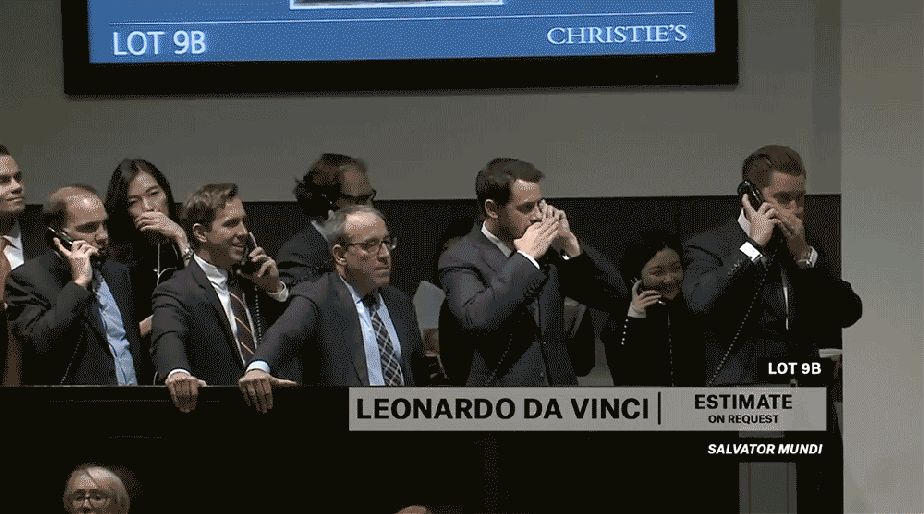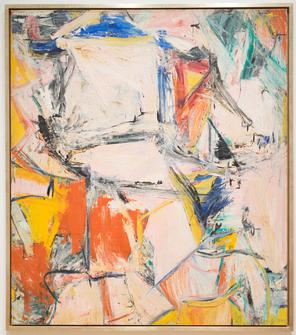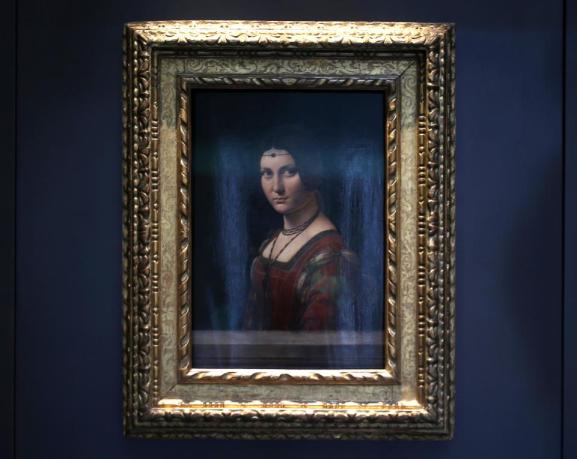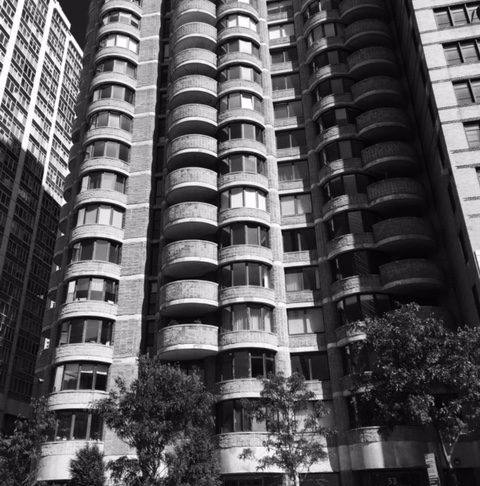By Sarah Balcombe
Never before has the art world succeeded in igniting the imagination of so many in such a short time. In Star Wars terms Christie’s has entered another galaxy, gone where no auction house, living or dead has ever gone before and it has certainly pushed the art world into a new frontier. Records have been shattered, reputations have been made, and dismayed, and the art world will never be the same again.

In case you haven’t heard, Christie’s Rockefeller Center has cause for celebration. Triggering cover stories such as “Dough Vinci!” (NY Post) their sale of this reputed 500 year old artwork, entitled Salvator Mundi (below) achieved a staggering $450.3 Million (including fees).

Its sale surpassed the highest price paid for an artwork by over $150m, smashing the $300m reportedly achieved in 2015 by the private sale of Willem de Kooning’s “Interchange” (below).

Whether the restored Salvator Mundi, will trigger prices of other old masters remains to be seen. It has certainly commanded a list of firsts. It has achieved the highest price ever of any artwork, surpassing any previous record by 150% and earning Christie’s allegedly $50million, according to their 12.5% recently revised fee structure (Artnet).
It is also the first time Christie’s has enlisted an outside agency to advertise their work, reportedly the first time that a $100m bid had been secured by an unidentified third party, prior to auction and the first time Christie’s have used an exclusive “specially- designated paddle” . The newly devised red paddles used to make bids was also a clever marketing tool, standing out amongst the furore of raised mobile phones, all clamouring to capture the escalating illuminated price figure at the auction house.
Whether the secret buyer should be applauded or berated, he/she has the somewhat dubious accolade of having bought the most expensive painting ever. Nevertheless it is Christie’s who must be considered the Old Master of this stroke. Meticulously marketed, with a campaign “unprecedented in the art world” and boasting a celebratory audience at the auction itself, Christie’s investment paid off. According to Todd Levin, a New York art advisor, “There was a thumping epic triumph of branding and desire over connoisseurship and reality”.
London’s Evening Standard states that there is speculation that the recently opened new Louvre in Abu Dhabi could well be the purchaser. There would be a certain easy symmetry to this equation if that turns out to be the case. The new Louvre is already excited about its current star attraction, Da Vinci’s lesser known, La Belle Ferronnière,

on loan from its counterpart in Paris. The director of the museum, Manuel Rabaté has openly stated that his mission is to open a dialogue between the East and the West. This could be significantly addressed by such an acquistion.
Regardless of who the new owner is, speculation is rife as to the real value of the painting, with its quality and authenticity still in question. Critics claim that a contemporary sale was used by Christie’s as a device to circumvent the scrutiny of old masters experts. Charles Hope, a professor emeritus at the Warburg Institute at the University of London states “Even making allowances for its extremely poor state of preservation, it is a curiously unimpressive composition and it is hard to believe that Leonardo himself was responsible for anything so dull”.
Jacques Franck, a Leonardo expert claims “The composition doesn’t come from Leonardo. He preferred twisted movement. It’s a good studio work with a little Leonardo at best, and it’s very damaged. It’s been called the male Mona Lisa, but it doesn’t look like it at all. “(NYTimes)
On Tuesday gallerist Richard Feigen stated “There’s so little of Leonardo there. From a commercial standpoint, I don’t think it has any value. I wouldn’t buy it at any price,” adding when pressed: “Well, $10 I could do.”
Whether this was a serious gaffe, reminiscent of the BBC weatherman Michael Fish, in October 1987, denying the possibility of a hurricane, hours before it caused death and devastation across England and France, or whether Feigen will ultimately prove to be correct, remains to be seen. What is probable however, is that as Fish’s gaffe remains prevalent in the UK’s consciousness, 30 year later, so too will this sale, albeit on a more global scale, regardless of its authenticity.

Fascinating blog. The auction business is complex and verifications dubious.
LikeLike